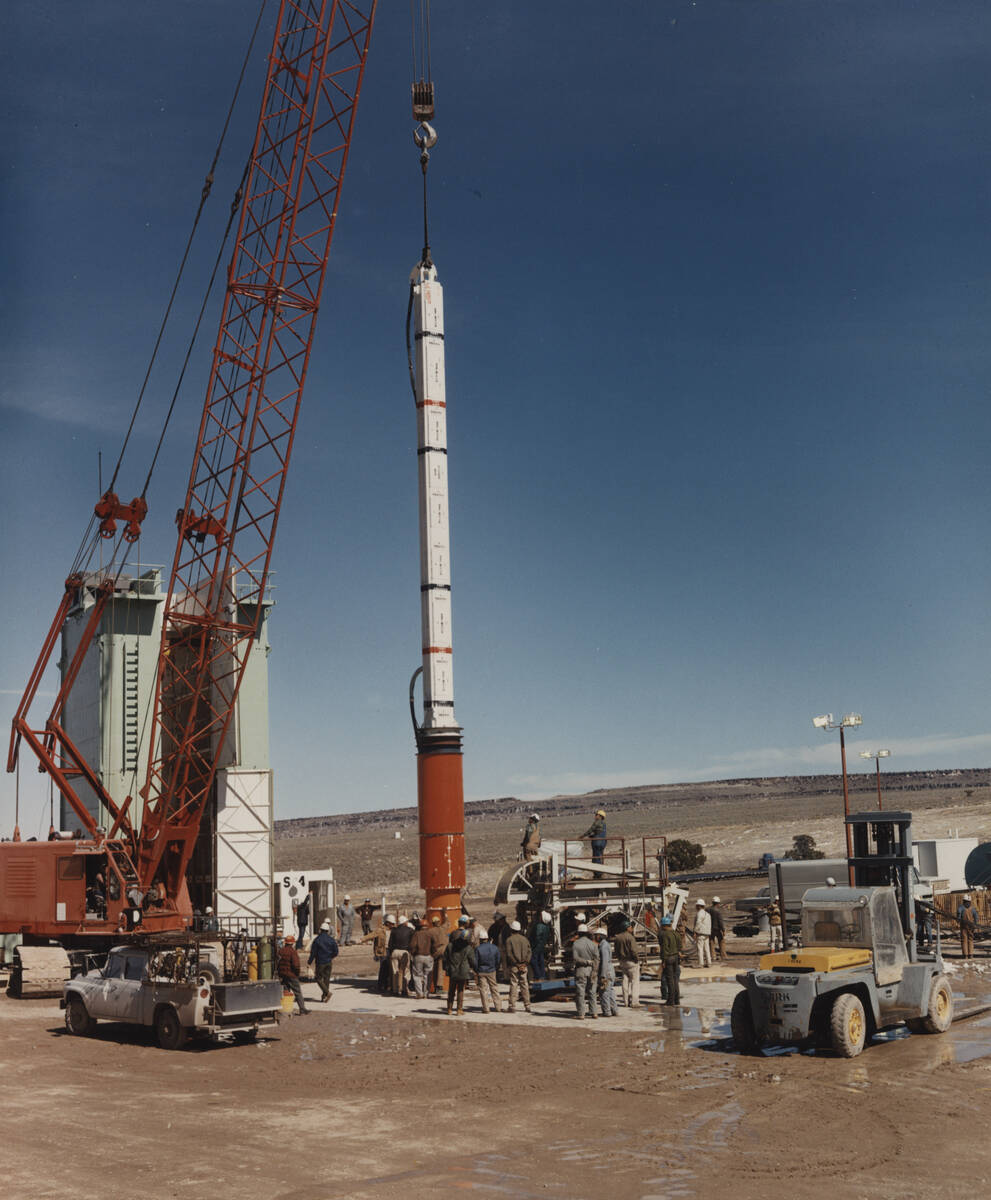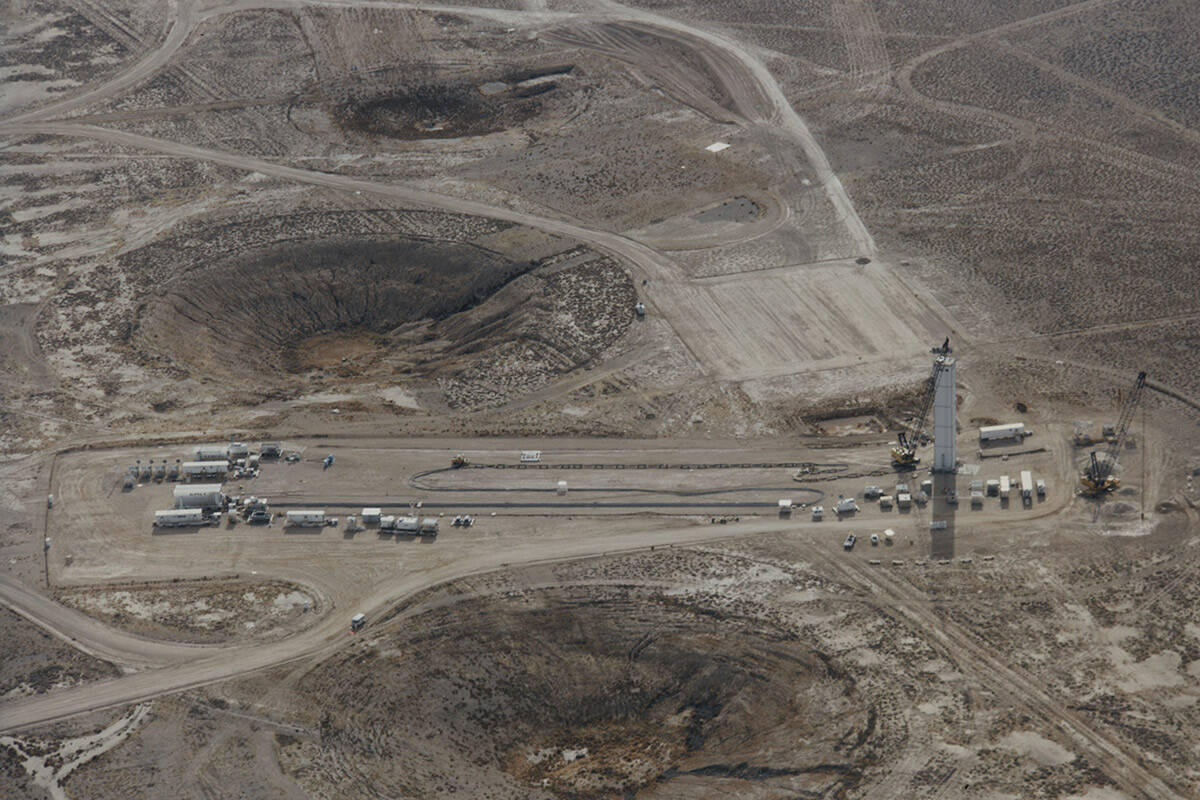Nevada National Security Site through the years — PHOTOS
With the Nevada National Security Site restarting tours in August after a two-year hiatus, here is a look at site and its history from the past 60 years.
The site, formerly known as the Nevada Test Site until 2010, is located 65 miles northwest of Las Vegas, and was the site of over 900 nuclear detonations between 1951 and 1992. It is 1,355 square miles — larger than the state of Rhode Island.
The site, which was once the Las Vegas Bombing and Gunnery Range, was decided on for nuclear testing by the Atomic Energy Commission. In 1955, the site was renamed to the Nevada Test Site.
Atmospheric testing on the site began in 1951, and ended in 1962. Atmospheric tests were banned in August 1963, and tests were moved underground. Eight hundred twenty-three underground tests were conducted before being halted in 1992.
Many exposed to radioactive fallout from above-ground nuclear testing in Nevada, Utah and Arizona, called “downwinders,” have developed cancers after being in proximity to the blasts.
The site has also sparked controversy. More than 536 demonstrations were conducted at the site between 1986 and 1994, leading to almost 16,000 arrests. Astronomer Carl Sagan, singer Kris Kristofferson and six Democratic congresspeople were arrested, according to the University of Nevada, Las Vegas’ Historical Archives.
Today, the site conducts subcritical tests — nuclear tests where no critical mass is formed — in a tunnel complex 900 feet under ground. The test site also manages Stockpile Stewardship programs that protect the remaining nuclear weapons without full-scale testing.
Sites featured on the tour
Mercury
The nearby town of Mercury was a place for workers to spend the night near the base. The town once had many amenities, including a movie theater, health center and bowling alley, according to Travel Nevada.
Frenchman Flat
Frenchman Flat was home to 100 atmospheric nuclear tests that were conducted to examine these weapons’ effects and how the height of burst impacted the weapons. Blasts could be seen from Las Vegas and St. George, Utah.
Sedan Crater
The 1,280-feet wide Sedan Crater was created by the Sedan detonation in 1962 as part of the Plowshare Program. The program, which existed from 1958 to 1975, sought to prove that nuclear explosions could be used for peaceful purposes like dam construction or canals. It was added to the National Register of Historic Places in 1994.
T-1 Training Area
The T-1 Training Area was established in 2004 as a military training center where responders can learn how to respond to radiological/nuclear incidents. Two thousand military and first responders train there annually. Prior to 2004, the site was used for the Apple II nuclear weapons test — a 29-ton detonation that aired on television in 1955.
Icecap Tower
The 152-feet tall Icecap tower was built to be used for an underground nuclear test in 1993. It would’ve been 10 times the size of the bomb that detonated over Hiroshima, Japan, in 1945, according to the test site. The detonation was halted by the Underground Nuclear Testing Moratorium signed on Oct. 3, 1992, but the tower is still standing today.
Contact Taylor Lane at tlane@reviewjournal.com. Follow @tmflane on Twitter.




































